These snakes come from areas of Central and Western Africa, where they are often found on the ground or in the trees of forest land. Hatchlings begin at around 30 to 40cm (12 to 16 inches) in length, reaching around 60cm (2 feet) within the first 12 months of growth with an eventual size of around 120 to 180cm (4 – 6 feet) in length. This is usually within 5 years.
DIET
Their main diet consists of pink mice and fuzzies for hatchlings. As the snake grows, so will the frequency and amount of food given as well as an increase in prey size, from pink mice to eventually large rats and medium sized poultry. Problem feeding specimens can usually be tempted to feed with Gerbils.
REQUIREMENTS
Heat Source:- This can either be reflector spot lights in green, red or blue, ceramics, tubular heaters or thermostatically controlled heat mats. UV Light Source:- Although there is a lot of controversy regarding the use of UV supplementation with snakes, many herpetologists wouldn’t be without one. It has therefore been included here as a suggestion and the recommended type for snakes until further scientific research proves otherwise is a 2.0% UV light. This should be left on for 8 to 12 hours a day and replaced every 6 months unless otherwise stated by the manufacturer. Care should be taken however if your snake is albino as the light intensity could have detrimental effects on the eyes of your snake. Vitamin D3 supplements should also be kept to a minimum. Housing:- This should consist of a dark wooden vivarium with glass frontage and adequate ventilation. Hatchlings would require a small hatchling tub (pen pal, geoflat or even a ventilated sandwich box) which can be housed in a heated vivarium. A pair of adult snakes can be housed within a vivarium measuring 90cm long by 45cm deep by 45cm high (36 inches by 18 inches by 18 inches). Thermostat:- An essential part of any vivarium and is required to regulate the internal temperatures of the vivarium and to prevent your pet from becoming too hot or too cold. Wire Mesh Guards:- These should be fitted over all heat sources used in order to prevent thermal burns. Thermometers:- One should be placed at each end of the vivarium in order to give an accurate reading of the temperatures within the vivarium. Never go by the temperature on the thermostat as these are often inaccurate. Hides:- These are essential to prevent stress and allow your pet to hide away from the outside world. Artificial plants, boxes, plant pots, caves etc. all make excellent hides.
WATER
These animals require a water container which will allow them to bathe without constriction. This water should be changed daily as this is also the water they drink.
TEMPERATURES
A background temperature of 29 – 31°C (84 – 86°F) is required. A basking area covering one third of the vivarium should be allowed to reach temperatures of 33 – 34°C (88 – 90°F). At night the temperature may be allowed to drop to 27°C (80°F), although this is not recommended if your snakes is suffering from any respiratory infections.
LONGEVITY
These snakes have been known to reach ages of around 18 years, although snakes living up to and in excess of 25 years are not uncommon. NB- This species is renowned for being a problem feeder, always ensure that the snake is feeding prior to purchase. For this reason it is not suitable as a first time snake.
SUBSTRATE
This can be anything from newspaper, brown paper or even astro turf. Whatever you use remember that it must be cleaned on a regular basis to prevent contamination from disease.













